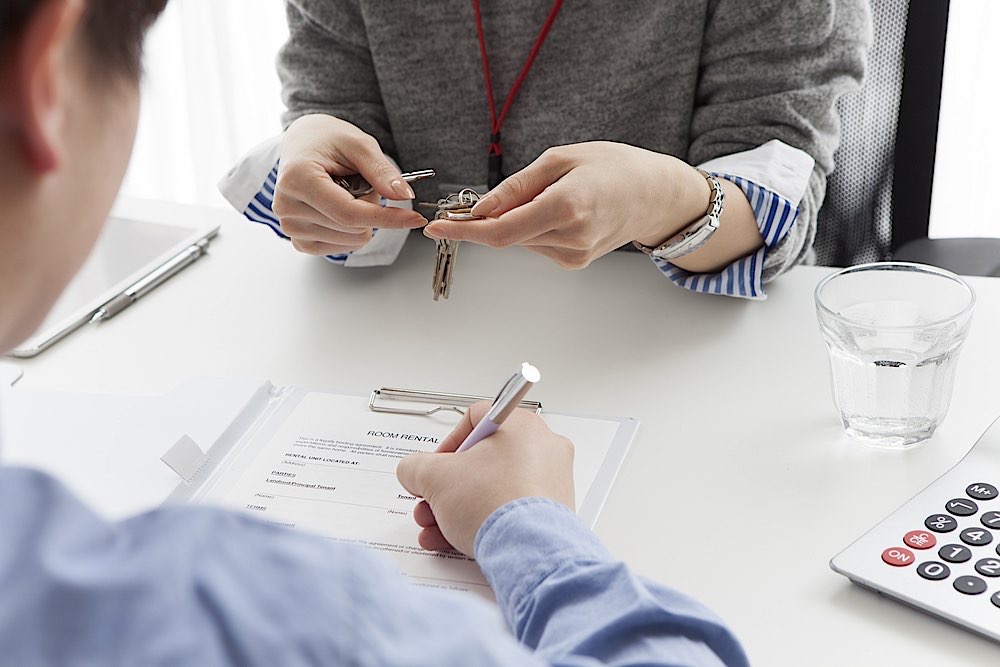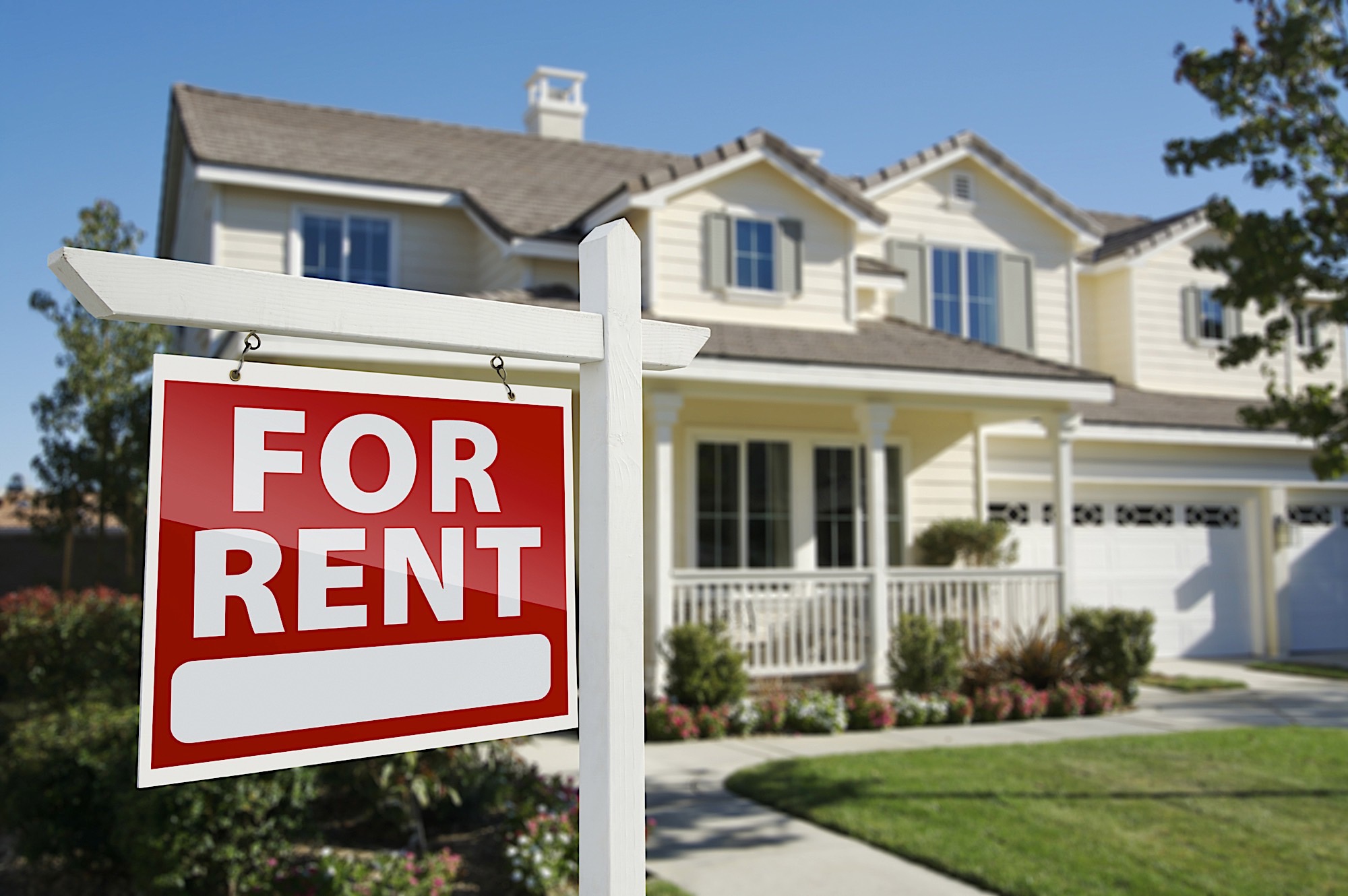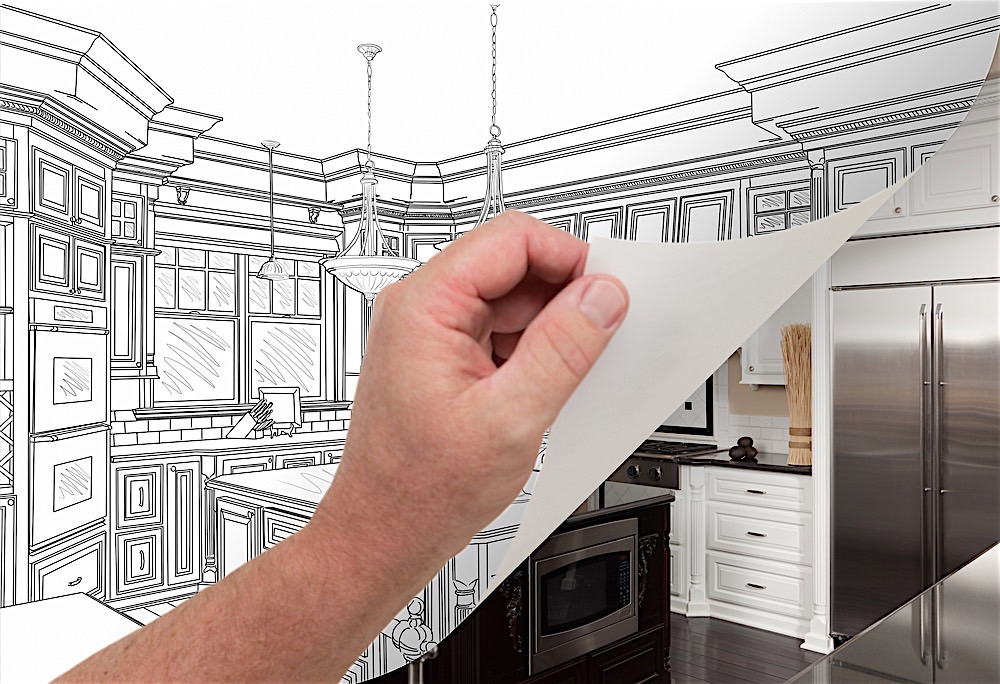As a rental property owner you are only as good as your tenants. You can do everything right with the property but if your tenants are poor it won’t make a difference. Dealing with tenants is more than just handing them a key and waiting for checks every month. They should fully understand expectations and guidelines but are given enough space to enjoy the property. At the end of the lease they should either want to renew or give a glowing review of you and the property. To achieve this there are a few simple steps you need to consider during the course of the lease. Here are some things every landlord should do as they strive for the perfect lease.
- Lease/Walk Through. The relationship with your tenant starts with the initial conversation. Every applicant that reaches out to you is a prospective tenant. You should treat everyone that calls as if they are going to be living in your property for the next nine months. After you receive their application and commit to renting you need to review the lease. This should be sent through email and reviewed at the property. It is very important that you take time and go through your lease line by line. This can be tedious but will cut off any potential questions before they happen. Also when you are at the property you should walk the grounds and take pictures to note the condition before they move in. This may come in handy at the end of the lease.
- Set Firm Guidelines. As you review the lease you need to make note of any items that are of particular importance to you. If you are adamant about keeping the property pet or smoke free you need to reiterate this. You may also have concerns about parking or the number of tenants allowed in the property. Whatever is important you need to make this crystal clear. You also need to attach a punishment for breaking these rules. These could range from a small penalty for a late payment to eviction. Let these guidelines and penalties be known up front so there is no misunderstanding down the road.
- Scheduled Periodic Checkups. Most leases contain language that allows the owner to enter the property at any time. Just because it is allowed doesn’t mean you should do it. In every lease you should schedule a walk through every five months or so. Give your tenant at least two weeks’ notice. The point of this isn’t to check on your tenants but to make sure that everything in your property is running properly. Your tenant may not tell you that the downstairs toilet runs from time to time or back door doesn’t close all the way. These are the little things that if caught early enough could save you hundreds of dollars. If you explain it to your tenant this way they won’t think you are checking up on them.
- 60 Day End Of Lease Notice. At your lease hits the home stretch you need to think about the end. Start by giving your tenant at least 60 days’ notice. As obvious as it may seem to you your tenant may not know when the end of their lease is. Giving 60 days’ notice serves a few purposes. The first thing is that it gives your tenant a chance to renew their current lease. If you have a good tenant there is no reason to look anywhere else. Ask them if they have any interest in staying for an additional term. If not a 60 day notice gives them a heads up to begin preparing themselves, and the property, for move out day.
- 30 Day Notice. If a 60 day notice is a wakeup call a 30 day notice is an alarm. With your 30 day notice you should supply a detailed list of items and expectations needed for move out day. These should be on the lease but need to be reiterated again. As simple as it sounds you want the property in the same condition as they found it. There will always be normal wear and tear that is expected but you don’t to pay to have the property restored. By giving a detailed list, along with photos, of the expected condition you leave no doubt as to what you want done.
- Walk Through/Key Exchange. On the lease move out day you will walk the property with your tenant and exchange keys. Your tenant will probably ask for their security deposit on the spot. It is important that you tell your tenant if they want to be with you at the property that you are going to be a few hours. This is your chance to try all appliances and examine the property. Once you give back the security it is too late if you find something after the fact. You shouldn’t nickel and dime your tenant but you don’t want to have to pay to repair an item either. If you are satisfied with condition you can cut a check on the spot but you have up to 30 days after the lease to do so. Keep in mind that positive word of mouth is important and you never know who your tenant may know.
The key to a successful lease is to respond as quickly as possible to whatever comes your way. By staying on top of these six areas alone you greatly increase your chances.






